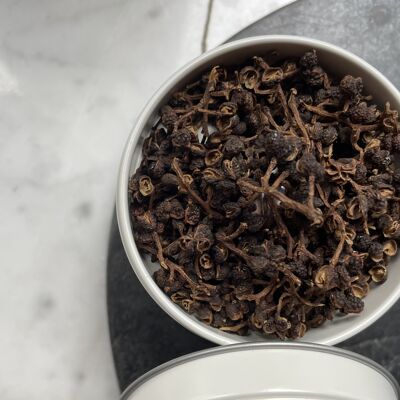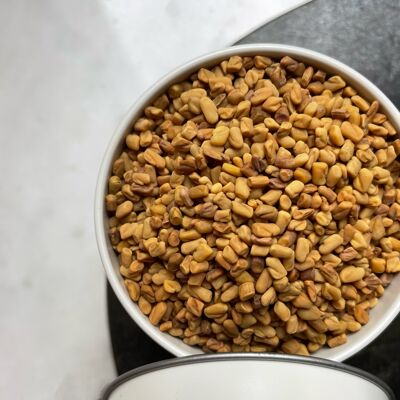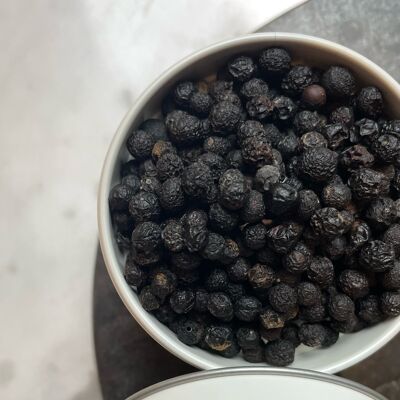


Crocus Sativus Origin: Greece Net volumes and weights: 7ml / 0.5g /0.017oz Description: Saffron is actually the pistil of a flower produced by a bulb. His origins are not very precise, he would have been born between Iran and Greece. Saffron is found in many countries, the largest producer which produces it on a massive and industrial scale is Iran, but high quality saffron is rare. The pistils are harvested manually and it takes about 150,000 flowers to produce 1 kilo of dried saffron. The harvest only takes a few days and requires a lot of labor, which explains the price of this spice. Drying is a delicate and crucial step for the final olfactory rendering. Natural drying is by far the most effective process. The scent of saffron is heady and very tenacious, during an olfactory examination one can discern odors of cedar, tobacco leaf, hay, subtle citrus fruits, high quality pepper, fine mint as well as floral notes with a slight bitterness. Directions for use: To use it, you must allow its aromas to develop in a liquid body, with the exception of oil. You will use it in a must-have way in a paella, a bouillabaisse and of course in Milanese risotto. It goes perfectly with noble and delicate fish, fine poultry and shellfish. It perfectly flavors rice, onions gently fried in butter, cucumber, zucchini and duck à l’orange. In the sweet register, it will bring a subtly delicate touch to your creams, mousses, ice creams, sorbets, compotes, jams, macaroons and other pastries. He likes fruits like white peach, apricot and orange. You will make an exceptional dessert with peeled oranges, honey, a drizzle of olive oil and saffron.


































